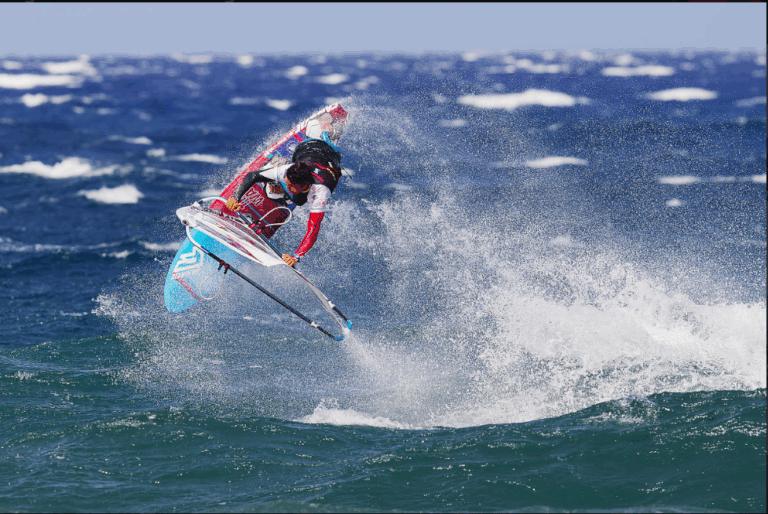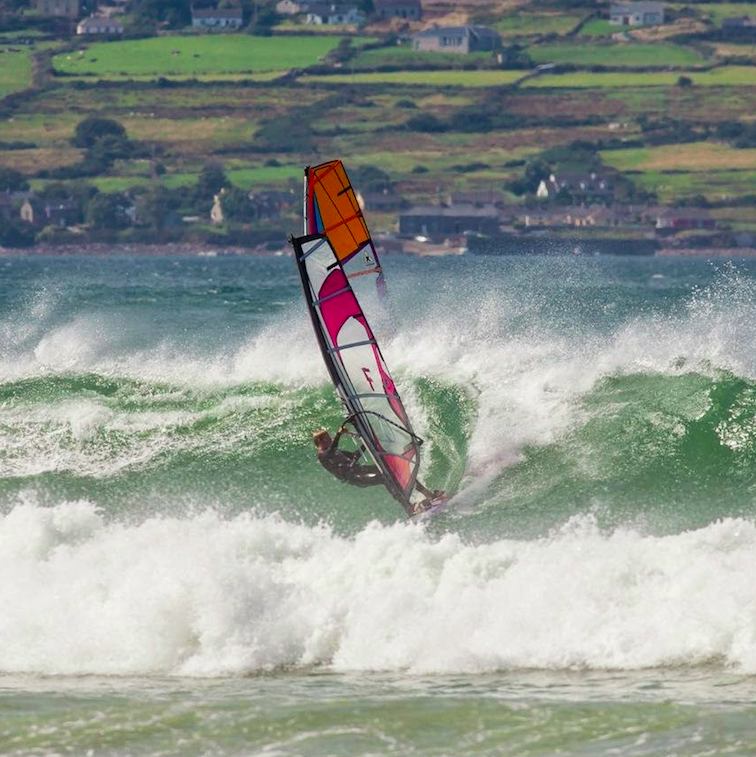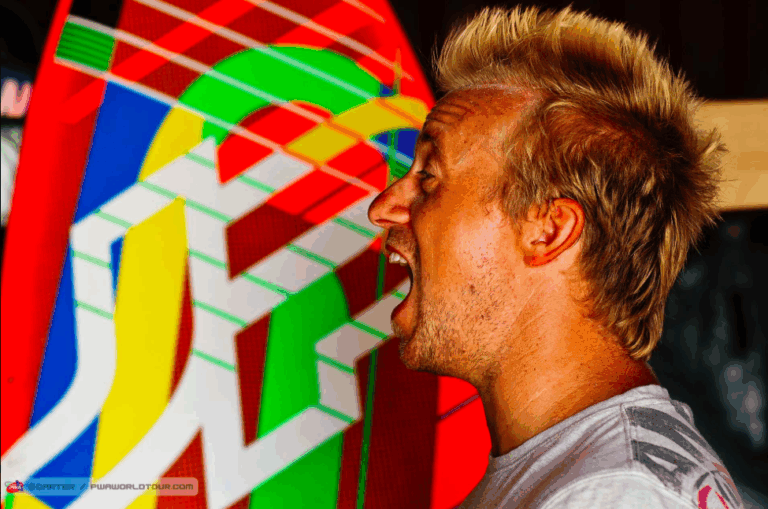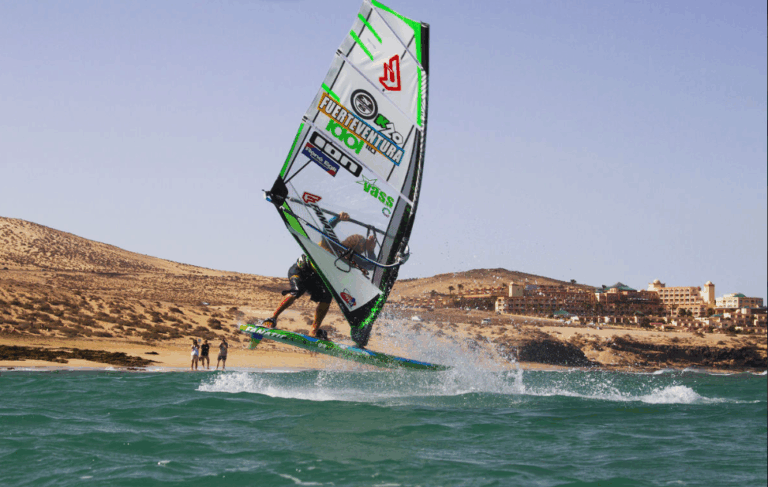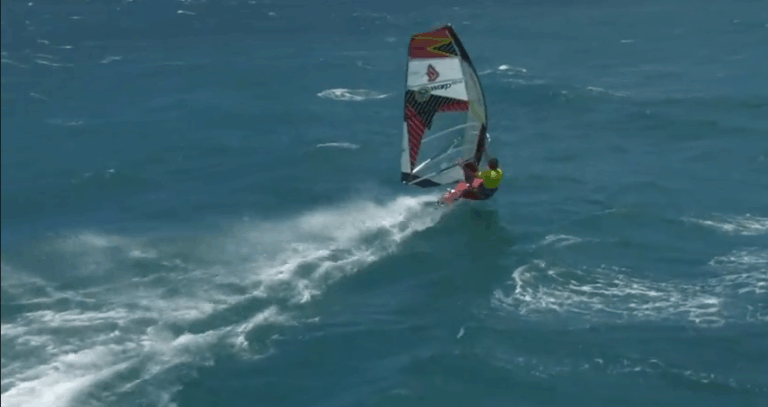Getting on the ‘right’ wave isn’t as simple as you might think…
Boards catches up with the best riders from the UK and abroad to find out which waves you should catch and why.
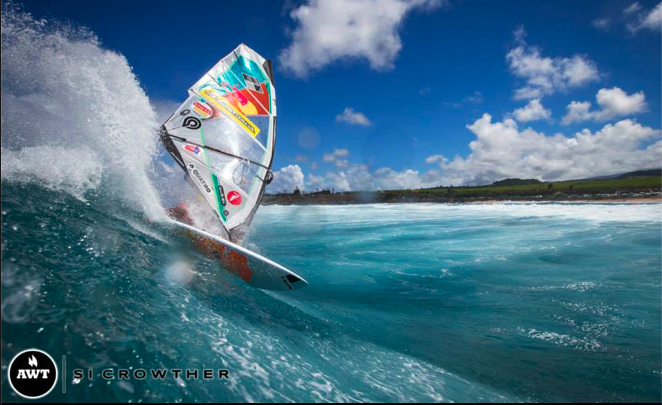
Levi Siver
“Study the line up before you go out. Look at the peak of the wave and how it sets up. Then study the time between sets so you have a rhythm with the waves when you head out. Positioning is everything in the waves. You need to be far enough out for pole position, so you get an advantage over the line up. I look for the second or third wave in a set as they’re normally cleaner then the first wave. Also, if you crash you’ll have less waves landing on you.”
Marcilio Browne
“It depends a lot from place to place, but mostly it’s important to have good speed in order to be further out than everyone and still get on the wave; thats the only way to really “pick” a wave that you want on a very crowded spot. Also, waves can come on different angles and,depending where you are, one angle can break better than the other, so a good choice would be to watch and see how it forms best, that will help you to keep in the right spot and choose the good ones.”
Alex Mussolini
“It’s hard to say as all the waves are different and the spots too, but you can always get the good ones by reading the shoulder. This means that you can see if the wave will be long or not. Once you see the length of it, it’s just a matter of practice and sailing the place as long as possible.”
Nayra Alonso
“If it is really big it is wiser not to take the first one of the set, so that if you crash you won’t get too punished by the rest of the waves of the set. But of course if the spot is pretty crowded, you don’t have that choice!”
Simon Bornhoft
“The most useful skill to help wave selection is the ability to ‘hover’ just at the edge of the break. Positioning the board into wind, by digging that windward rail and slightly sinking the nose, helps you to hold your position waiting for the next wave. Slipping the rear foot into the leeward strap gives you more stability should the nose sink. Mastering this core skill then gives you time and the stability to look around you to see how the waves and sets are forming.”
Kauli Seadi
“You need to be very patient and fight to get a nice set wave, often the crowd is hungry for waves and you need to go very far out and gybe on the correct one, then accelerate as much as you can to not lose the swell and to really show you are in control of the swell; because otherwise people might try to snake your wave!!!!”
Victor Fernandez
“I always try to read a good set instead of just catching all the waves. I go far out to get a good position to choose the better wave of the set. Most of the time the second and third waves are better than the first one. They are a bit steeper and cleaner.”
Ben Proffitt
“Wait, be patient and the waves will come. This is the rule you will hear time and time again, but it’s true. There are different rules for different places. But all this you will learn, just get out there and open your eyes; you will start to see patterns.”
Karin Jaggi
“First you have to study the day, the spot and the swell from the beach. In windsurfing two days are never the same – so sit down on the beach and observe – are there four or five waves per set? How often do the bigger sets hit? How does the water surface (chop) affect the waves? Where does the swell come from? Is there another spot in that direction that can indicate earlier when a good set is on the way? “Back home” on my break in Margaret River you can simply watch upwind out to the next break. When it gets massive there you know it’s still a set away from your break.”
The whole series of wave top tips is available in the 2012 Wave Annual, make sure you subscribe for the new issue here!

